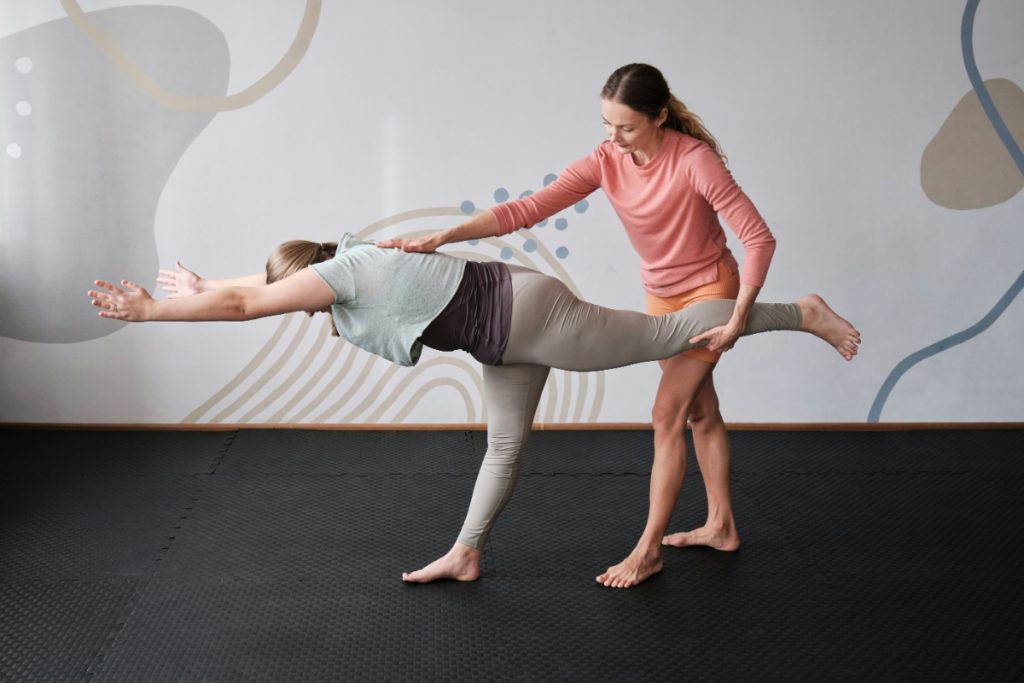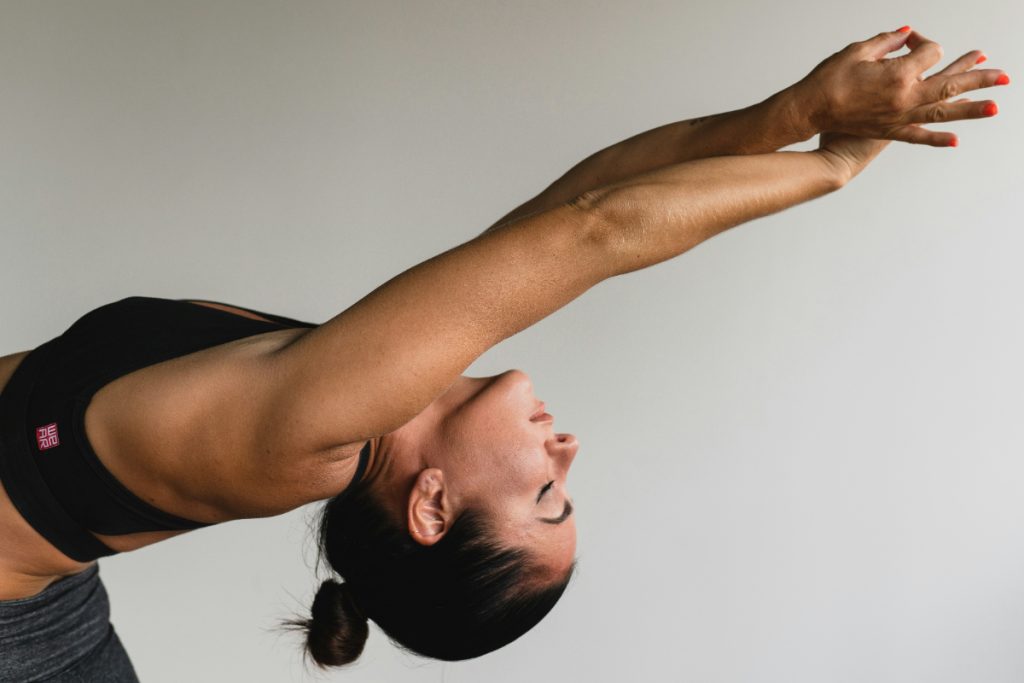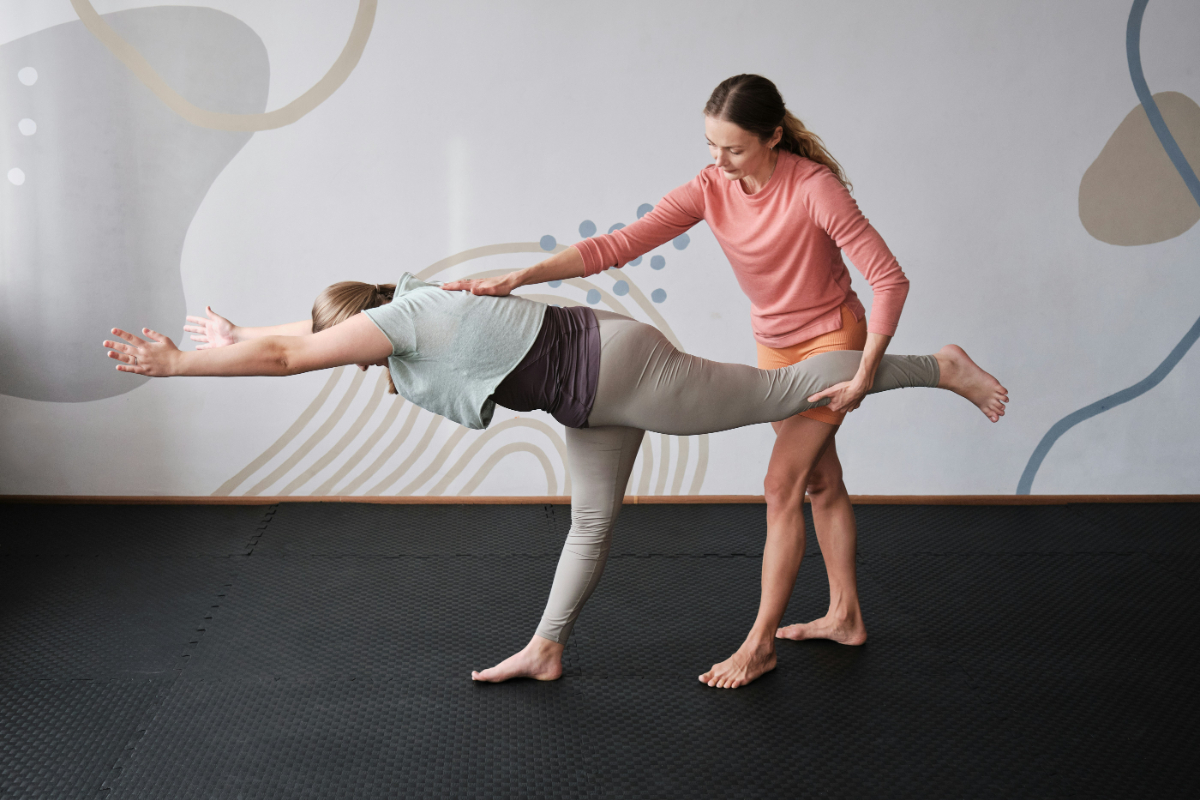10 Mindfulness Movements to Calm Your Mind and Body
If you’re looking for a way to incorporate mindfulness into your daily routine, practicing mindful movements might be just what you need. Mindful movements are gentle exercises that combine movement with deep breathing and a focus on the present moment. They can help you reduce stress, improve your mood, and increase your overall sense of well-being.
There are many different types of mindful movements to choose from, but one popular set of movements is the “Ten Mindful Movements” created by Zen master Thich Nhat Hanh. These movements are designed to be simple and easy to learn, even for beginners. They include a variety of movements such as standing, walking, and sitting exercises, and can be practiced alone or with a group. By practicing these movements regularly, you can improve your flexibility, balance, and overall physical health, while also cultivating a greater sense of mindfulness and inner peace.
Whether you’re new to mindfulness or a seasoned practitioner, incorporating mindful movements into your daily routine can be a great way to reduce stress, improve your mood, and increase your overall sense of well-being. So why not give it a try? With a little practice, you might find that these simple movements become a regular part of your daily self-care routine.

Understanding Mindfulness Movements
Mindfulness movements are a form of meditation that involves slow and gentle movements to help you become more aware of your body and mind. This practice is based on the principles of mindfulness, which is the practice of being present and fully engaged in the current moment.
Origins and Philosophy
Mindfulness movements have their roots in Buddhism, where they are known as “mindful movements” or “mindful exercises.” These movements were originally developed as a way to help monks prepare their bodies and minds for long periods of sitting meditation.
Over time, mindfulness movements have become more widely practiced and have been adapted to suit a variety of different contexts and purposes. Today, mindfulness movements are used as a way to promote physical and mental wellbeing, reduce stress and anxiety, and improve overall quality of life.
Core Principles
The core principles of mindfulness movements are rooted in the practice of mindfulness itself. These principles include:
- Awareness: Mindfulness movements are designed to help you become more aware of your body and mind. By focusing on your movements and your breath, you can become more present in the moment and more attuned to your thoughts, feelings, and physical sensations.
- Non-judgment: Mindfulness movements are practiced without judgment or criticism. Instead of trying to change or fix anything, you simply observe your thoughts and feelings as they arise, without getting caught up in them.
- Gentleness: Mindfulness movements are gentle and slow-paced, emphasizing the importance of being kind and compassionate with yourself. You don’t need to push yourself or strive for perfection; instead, you simply allow yourself to be present in the moment and move your body in a way that feels comfortable and natural.
Overall, mindfulness movements are a simple and effective way to cultivate mindfulness and promote physical and mental wellbeing. By incorporating these movements into your daily routine, you can become more present in the moment, reduce stress and anxiety, and improve your overall quality of life.
Practicing the Movements
Preparation and Environment
Before you begin practicing the 10 mindfulness movements, it is important to prepare your environment. Find a quiet and peaceful place where you won’t be disturbed. You can practice the movements indoors or outdoors, whichever environment you feel more comfortable in. If you are practicing indoors, make sure the room is well ventilated and has enough space for you to move around comfortably. If you are practicing outdoors, choose a spot that is free from distractions and noise.
Once you have found your ideal environment, make sure you are wearing comfortable clothing that allows you to move freely. You can practice barefoot or wear comfortable shoes. You may also want to have a yoga mat or a soft surface to practice on.
Detailed Movement Guide
Here is a brief guide on how to perform the 10 mindfulness movements:
- Standing Meditation: Stand upright with your feet slightly apart, facing forward. Place your hands over your belly button and focus on your breath. Inhale deeply and exhale slowly, feeling your belly rise and fall with each breath.
- Mindful Breathing: Sit comfortably with your back straight and your eyes closed. Focus on your breath, inhaling deeply and exhaling slowly. Count your breaths up to 10 and start again.
- Body Scan: Lie down on your back with your arms at your sides and your palms facing up. Close your eyes and focus on your breath. Starting from your toes, scan your body slowly and mindfully, noticing any sensations or tension.
- Gentle Yoga: Perform gentle yoga poses such as the downward dog, child’s pose, and the tree pose. Focus on your breath and move mindfully.
- Mindful Walking: Walk slowly and mindfully, focusing on your breath and the sensations in your feet. Take small steps and walk in a straight line.
- Mindful Stretching: Perform gentle stretches such as the seated forward bend, the seated twist, and the seated side stretch. Focus on your breath and move mindfully.
- Mindful Squatting: Stand with your feet shoulder-width apart and squat down slowly, keeping your back straight. Hold the squat for a few seconds and then stand up slowly. Repeat several times.
- Mindful Standing: Stand upright with your feet slightly apart, facing forward. Focus on your breath and the sensations in your body. Keep your arms at your sides or raise them above your head.
- Mindful Dancing: Dance mindfully, focusing on your breath and the sensations in your body. Move freely and expressively.
- Mindful Relaxation: Lie down on your back with your arms at your sides and your palms facing up. Close your eyes and focus on your breath. Relax your body and let go of any tension or stress.
Practice each movement mindfully and with intention. Remember to focus on your breath and the sensations in your body. With regular practice, these movements can help you cultivate mindfulness and reduce stress and anxiety.
Integrating Mindfulness into Daily Life
Mindfulness is not just a practice that you do for a few minutes a day; it is a way of life. Integrating mindfulness into your daily routine can help you stay focused, reduce stress, and improve your overall well-being. Here are some practical ways to incorporate mindfulness into your daily life:

Mindful Breathing
One of the simplest ways to practice mindfulness is through mindful breathing. Take a few deep breaths, and focus on the sensation of the air moving in and out of your body. You can do this anytime, anywhere, whether you’re sitting at your desk or standing in line at the grocery store.
Mindful Eating
Eating mindfully means paying attention to the taste, texture, and smell of your food. It also means paying attention to your body’s hunger and fullness signals. Take the time to savor each bite, and put down your fork between bites. This can help you enjoy your food more and avoid overeating.
Mindful Movement
Mindful movement can take many forms, such as yoga, tai chi, or simply going for a walk. The key is to focus on the movement itself, rather than letting your mind wander. Pay attention to the sensations in your body as you move, and try to stay present in the moment.
Mindful Communication
Mindful communication means being fully present and attentive when you’re talking to someone. It means listening with an open mind, and responding in a thoughtful and respectful way. This can help you build stronger relationships and avoid misunderstandings.
Mindful Work
Mindful work means bringing your full attention and focus to the task at hand. It means avoiding distractions and staying present in the moment. This can help you be more productive and feel more satisfied with your work.
By integrating mindfulness into your daily life, you can experience a greater sense of peace, clarity, and well-being. Start with these simple practices, and see how they can transform your life.






